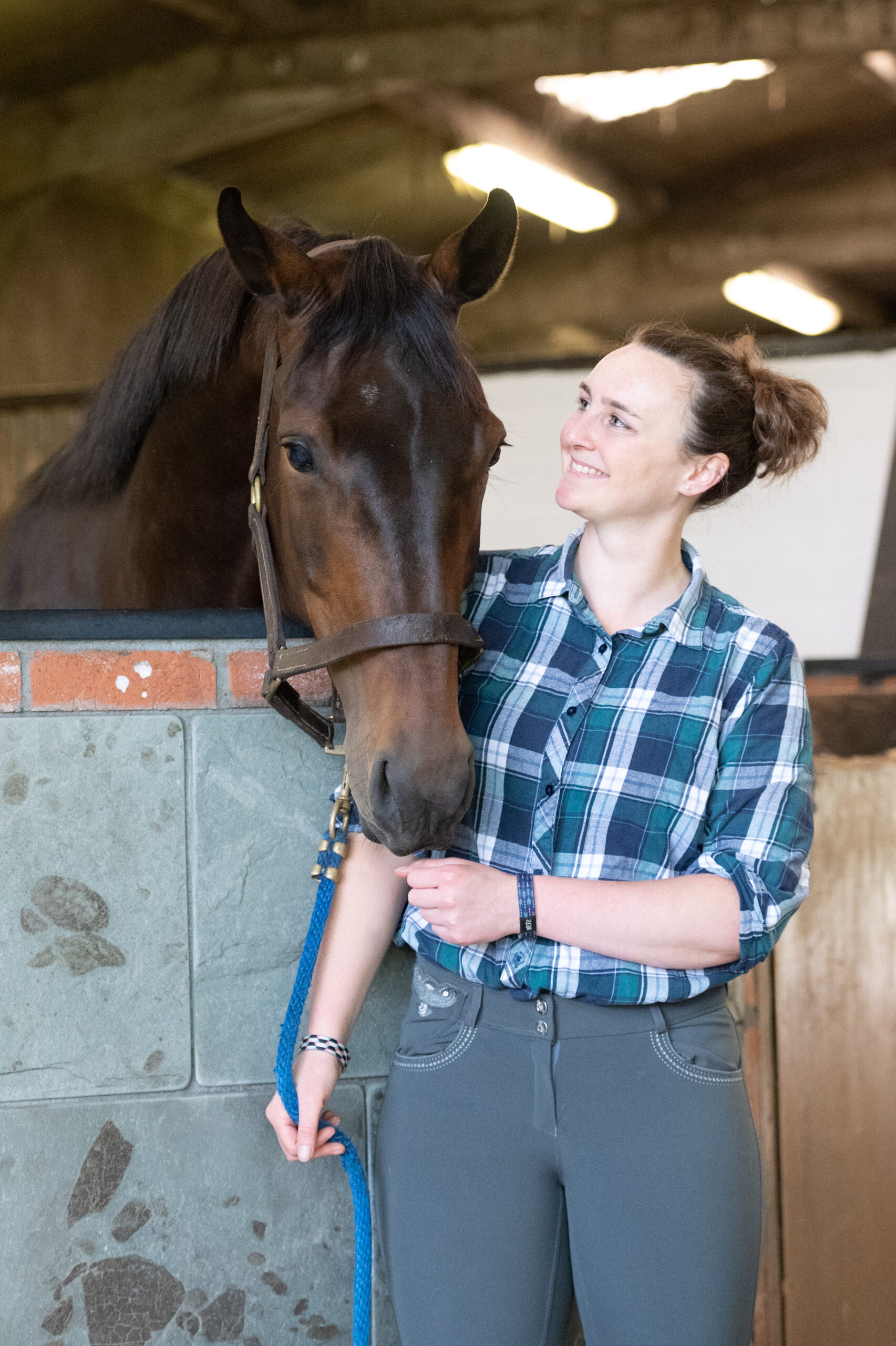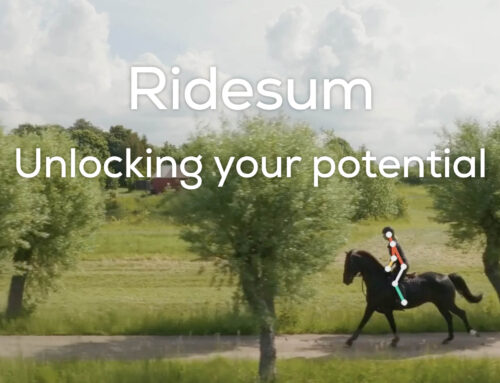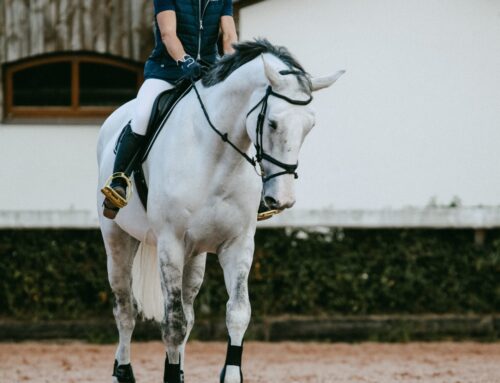All there is to know about AI Horse Analytics
“A must have for all riders”
Ridesum’s latest revolutionary feature AI Horse Analytics is a ground-breaking tool, revolutionising the way riders engage with their horses. This tool offers unparalleled insights into the horse’s head position, measuring the impact on both performance and welfare.
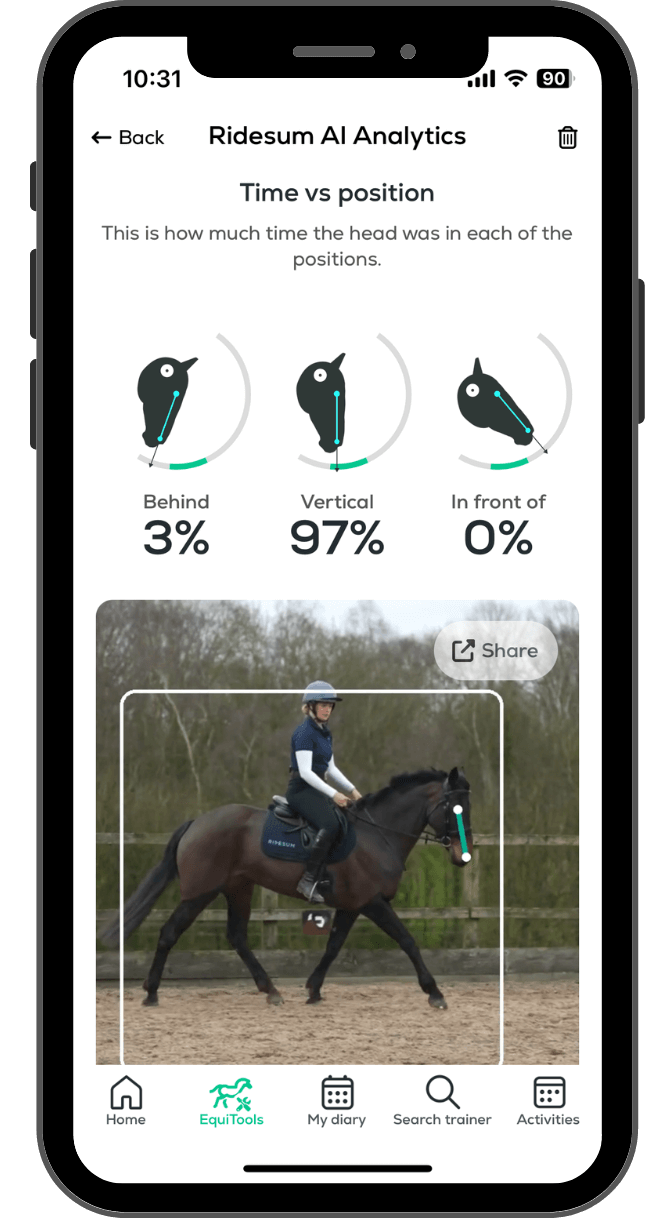
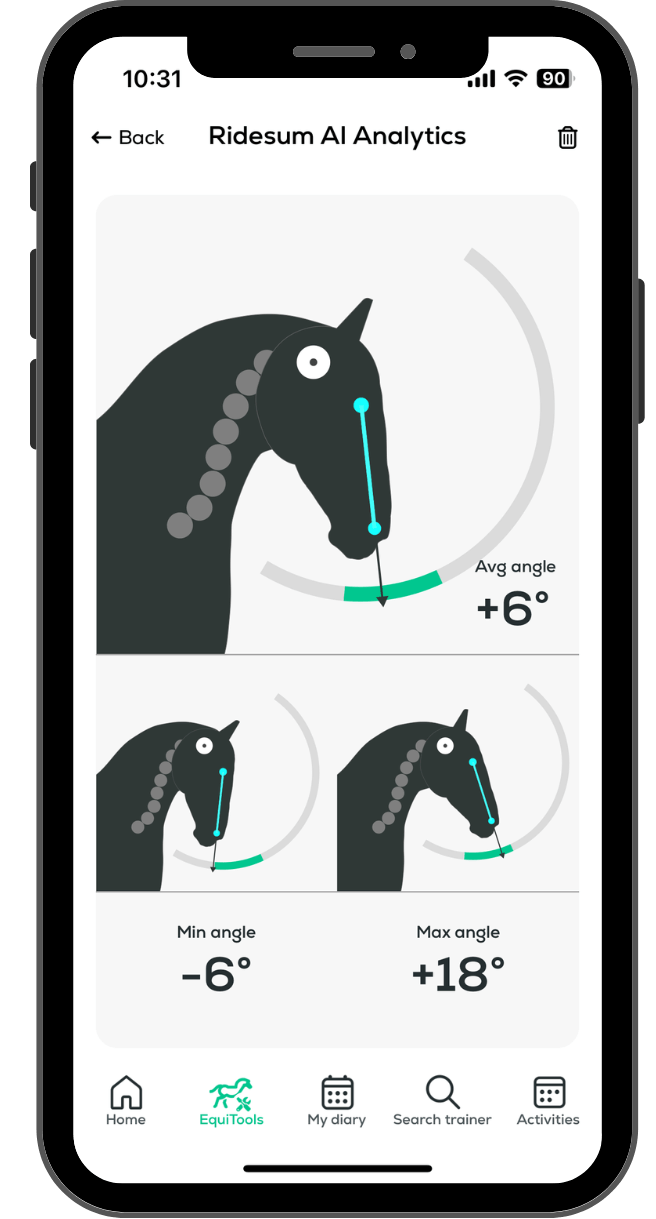
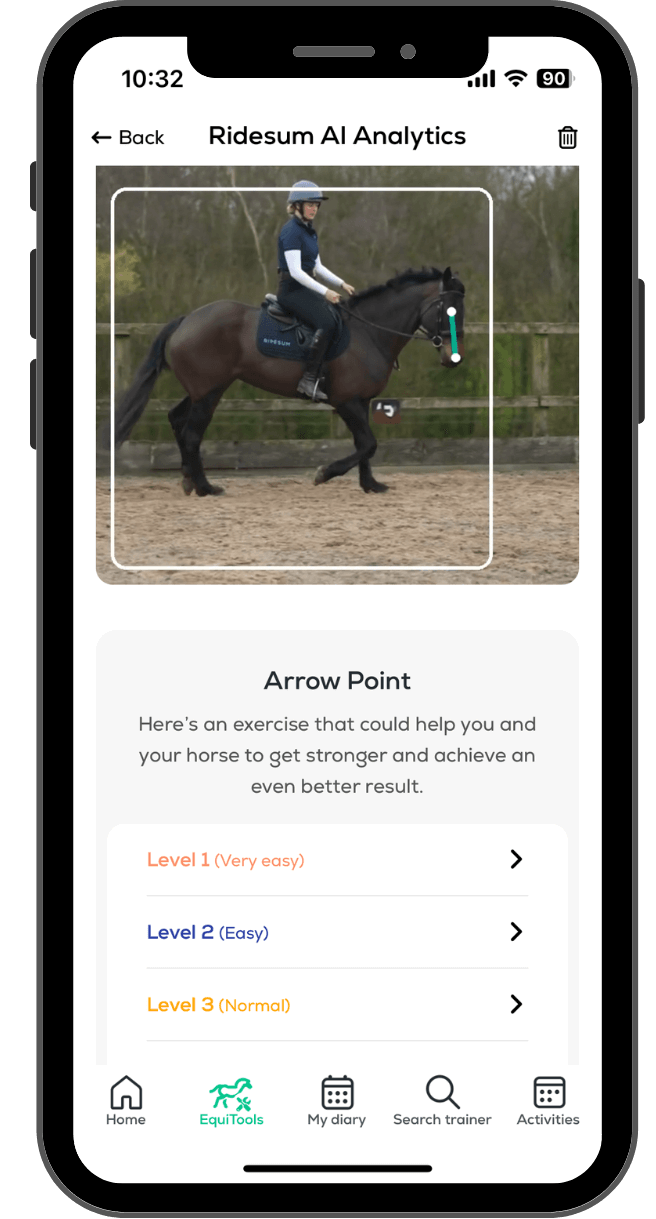
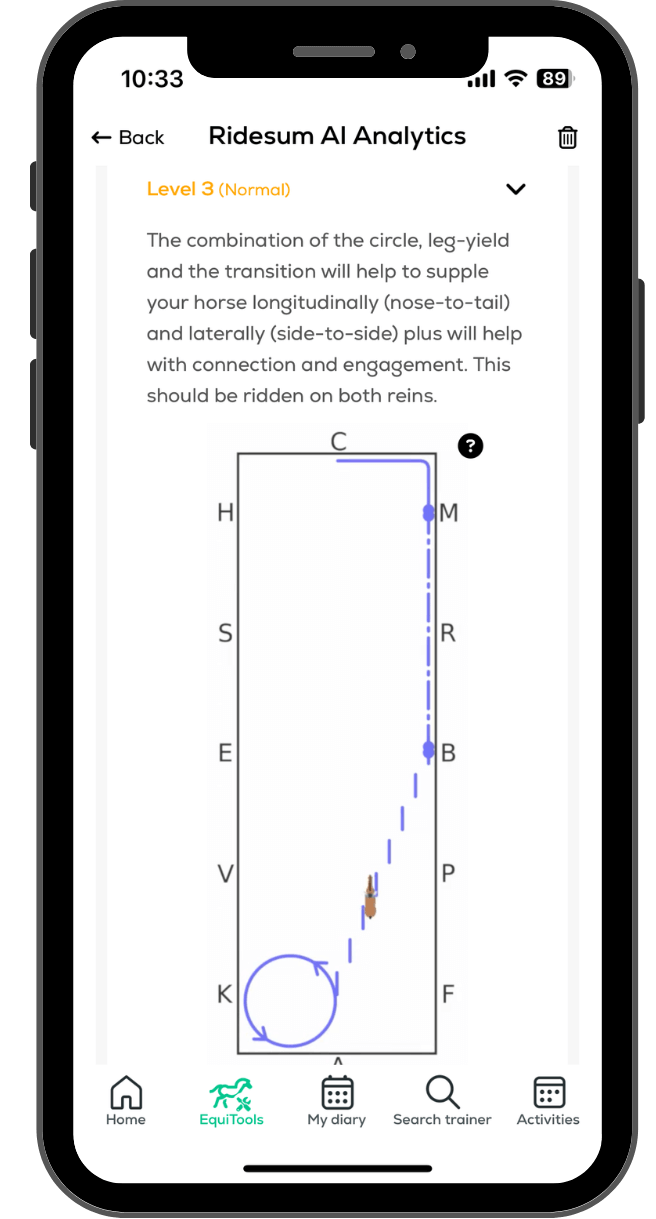
“We are committed to empowering riders with the tools they need to excel while ensuring the welfare of their horses. Our AI Horse Analytics feature represents a significant step forward in achieving this mission. By offering real-time feedback on the horse’s head position, riders can make informed decisions that enhance both performance and welfare”, says CEO and Co-Founder Karin Lindell.
Ridesum continues to lead the development of equestrian sports with the integration of AI technology. The journey began with the introduction of AI Seat Analytics, focusing on the rider’s posture. Now, with the launch of AI Horse Analytics, Ridesum takes the next step in advancing the well-being of our equine companions.
Key features of Ridesum’s AI Horse Analytics include:
- Performance Optimisation: Gain valuable insights into how the horse’s head position varies both in a riding session and over time, highlighting improvements.
- Health Monitoring: Monitor the horse’s head carriage to identify potential issues or discomfort, allowing for early intervention and preventive care.
- Biomechanical Analysis: understand the biomechanics of the horse-rider.
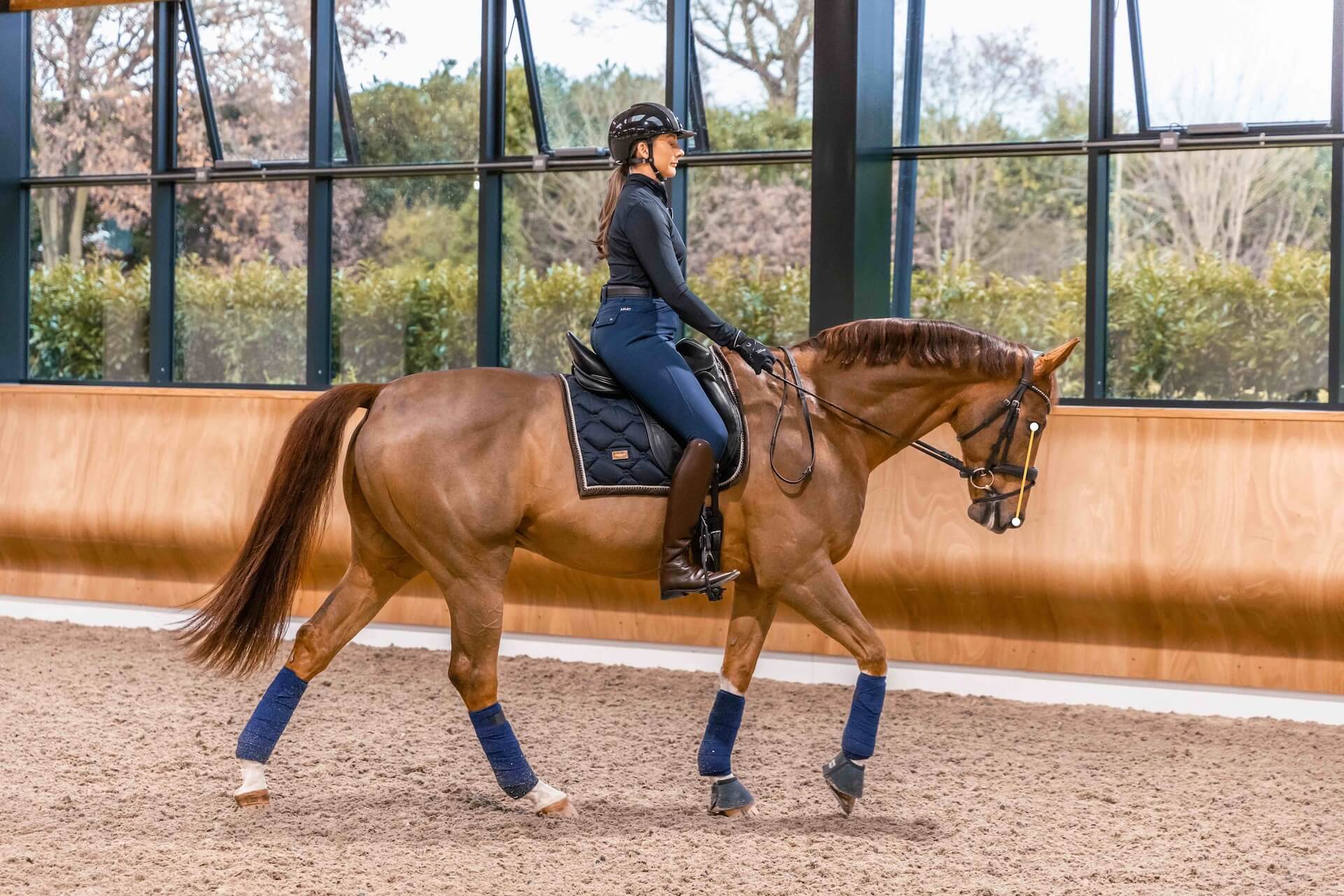
FAQ’s
With AI Horse Analytics founder: Ilse Daly
“This tool measures the angle of the horse’s head carriage, one of several important aspects to consider when making sure your horse is ridden correctly with balanced work; the head carriage can be influenced by many factors.”
Why is head carriage important in horse riding?
To reach the goal of the horse working in a relaxed and balanced frame, you aim for the head to remain in a steady position, slightly in front of the vertical. Some horses have a tendency to drop behind the vertical, and while there are a variety of reasons for this, the goal of our training should be to avoid it happening.
Similarly, we want to avoid our horses working in an unconnected frame, with the nose very far in front of the vertical. With AI Horse Analytics, you can track your and your horse’s progress and make sure that you strive towards a sustainable goal.
How does head carriage affect the horse’s welfare?
Research suggests that muscle activity, vision and breathing may be adversely affected when a horse is ridden behind the vertical. There can be long term detrimental effects to riding in an unconnected frame.
Isn’t head carriage subjective and dependent on individual riding styles and breeds?
While there may be variations in riding styles and disciplines, there are universally recognised principles of proper head carriage that prioritise the horse’s well-being and biomechanics. Our AI tool is designed to objectively measure the angle of head carriage, specifically the angle between the line of the horse’s head and the vertical, providing riders with valuable feedback to enhance their understanding and practice, irrespective of their preferred riding style.
Can an AI tool truly understand the subtleties of head carriage that experienced riders can discern?
Our AI tool utilises advanced algorithms and machine learning techniques trained on extensive data to accurately assess head carriage angles. While experienced riders bring valuable intuition and expertise to the table, the AI tool complements their knowledge by offering objective, data-driven insights that may not be immediately apparent to the human eye.
Won’t relying on AI detract from the traditional skills and intuition of horsemanship?
Our AI tool is not intended to replace traditional horsemanship skills but rather to enhance them. By providing riders with precise measurements and feedback on head carriage, the tool empowers them to make informed decisions and fine-tune their techniques. Ultimately, it enables riders to deepen their understanding of horse biomechanics and refine their communication with their equine partners, thus enriching the horsemanship experience.
Is there scientific evidence supporting the efficacy of monitoring head carriage angles for horse welfare and performance?
Numerous studies in equine biomechanics and veterinary science have highlighted the importance of proper head carriage for horse welfare and performance. By aligning with established principles and findings in these fields, our AI tool offers a scientifically informed approach to optimizing head carriage and promoting the well-being of horses and riders alike.
